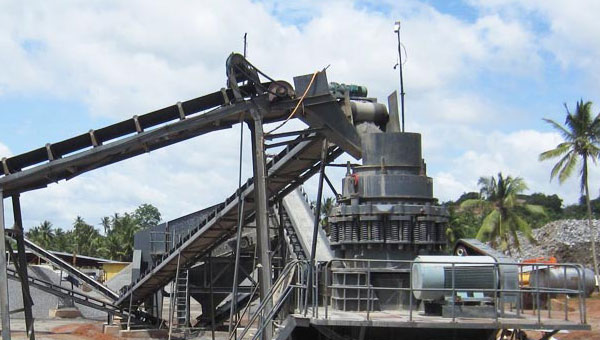A 300 TPH (tons per hour) limestone crushing plant is a robust and efficient facility designed to process large quantities of limestone for various industrial applications. The plant typically includes several key components that work together to crush and process the limestone into smaller, usable sizes. Here’s an overview of such a plant, focusing on its main components, operation, and benefits.

Components of a 300 TPH Limestone Crushing Plant
- Primary Crusher:
- Jaw Crusher: The primary crusher is usually a jaw crusher, capable of handling large rocks and breaking them down to a manageable size for further processing. It is designed to handle an input size of up to 1,000 mm and crush the material to approximately 150-200 mm.
- Secondary Crusher:
- Impact Crusher or Cone Crusher: After the primary crushing stage, the material is transported to the secondary crusher. An impact crusher or a cone crusher is typically used, depending on the hardness and abrasiveness of the limestone. These crushers further reduce the size of the material to 20-50 mm.
- Screening Equipment:
- Vibrating Screen: The crushed limestone is then screened to separate it into different size fractions. A vibrating screen ensures that the material is sorted correctly, allowing for the separation of fine and coarse materials.
- Conveyors:
- Belt Conveyors: Multiple belt conveyors are used to transport the material between different stages of the crushing process. These conveyors are designed to handle the specific weight and abrasiveness of limestone, ensuring smooth and efficient movement of the material.
- Feeders:
- Vibrating Feeders: These are used to regulate the flow of limestone into the crushers, ensuring a consistent and even feed rate, which is crucial for maintaining the efficiency and effectiveness of the crushing process.
- Dust Collection System:
- Dust Suppression Systems: To control dust emissions and comply with environmental regulations, dust suppression systems, including water sprays and dust collectors, are implemented at various points in the plant.
Operation of a 300 TPH Limestone Crushing Plant
The operation begins with the raw limestone being fed into the primary jaw crusher, where it is broken down to a more manageable size. The crushed material is then conveyed to the secondary crusher for further reduction. The secondary crushing stage typically involves an impact or cone crusher that further refines the material to the desired size.
After secondary crushing, the limestone is screened to separate it into different size fractions. Oversized material is sent back to the crushers for further reduction, while the appropriately sized limestone is sent to stockpiles or directly to the next processing stage, depending on the specific application.
